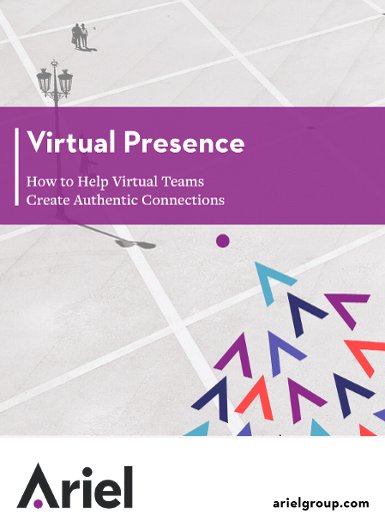Blended Learning: Why a Learning Path is Vital to Corporate Writing Training

Do you feel that your employees quickly forget what they’ve learned after training? While a group workshop is an important part of learning, it is not the only part. Your people’s learning should be an ongoing process; you can’t send them to one course and expect them to have perfect written communication skills. Install a blended learning path to help your employees apply their new skills consistently and effectively.
Use a combination of methods
Effective business writing training embraces the current best practices and combines various types of learning. The learning process is not over after one training session: practice assignments and coaching are necessary to help learners implement new skills.
Most people will take much more away from a workshop that involves all of the following:
-
pre-workshop involvement
-
instructor-led training (in-person or virtual) with small group discussion AND individual assignments
-
one-to-one coaching.
Once learners are comfortable with their new toolkit, they will more easily be able to change the way they handle written communication.
1. A pre-workshop program kick-starts learning to get participants prepared and committed
Not only will this help learners to get excited about the workshop, it will ready them for their training. In order to generate interest in the program, offer your employees one or more of the following:
-
a webinar
-
a writing assessment
-
a reading assignment.
Once they know what is in store for them, they can begin to diagnose their strengths and weaknesses. This will help them prepare to seek out their key takeaways from their upcoming workshop.
2. Workshops should combine group sessions with individual assignments to better collaborate on learning
Try to find a workshop that employs both group and individual work. Individual assignments are useful for helping learners implement their new skills—ideally by using those skills on a document from their to-do list.
But while individual assignments may seem like enough, exposing learners to new processes through group sessions is also a vital part of the learning process. Working with others will expose your people to new perspectives on the skills they are learning.
3. Follow-up coaching is crucial to maintaining business results
One-to-one coaching is key to reinforcement and sustained change. An instructor-led workshop will help learners to better understand their strengths and weakness, but one-to-one coaching is an often-neglected necessity.
It’s important to give people the opportunity to get personalized advice for their specific writing challenges. Having the chance to sit down with a professional writer to discuss their personal writing needs is crucial to helping learners make changes. Once they’ve received an individual plan for growth, they can start the process of change.
Offer blended learning for permanent skills and culture change
If you’re looking to see long-term impact in the way your employees write, offer them a process that is built to help them. Blended-learning processes involve different learning methods to help training stick and help your people harness their new skills.
